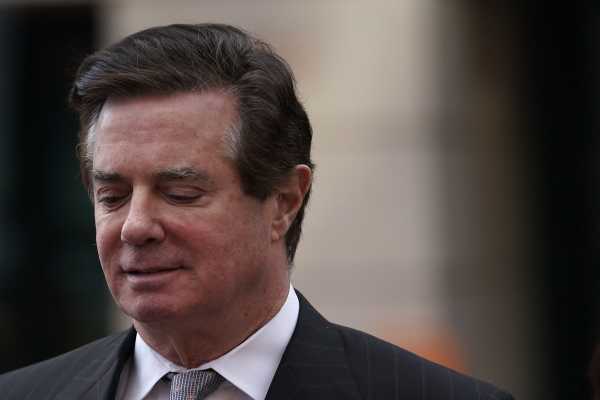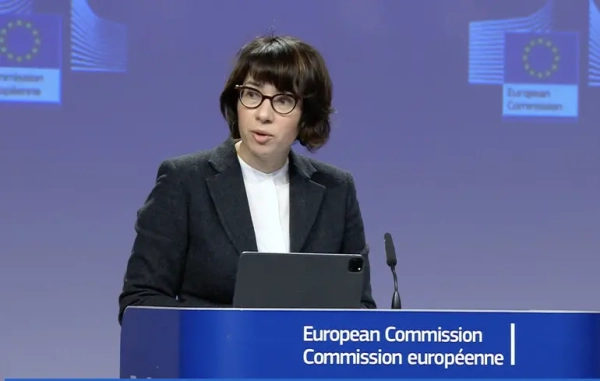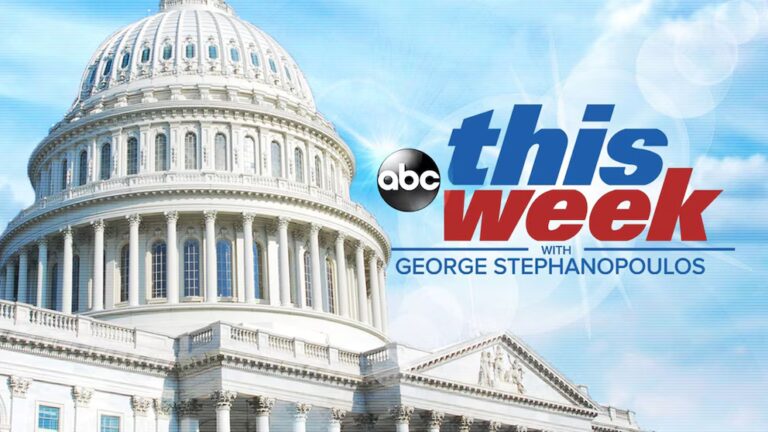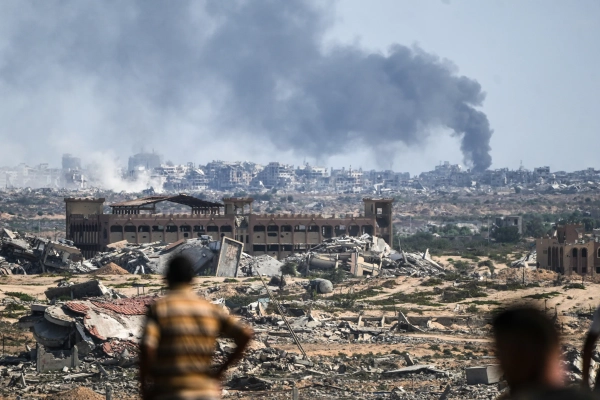
It finally happened — Paul Manafort flipped.
The former Trump campaign chair appeared in court in Washington on Friday and pleaded guilty to a reduced set of charges. And as part of his plea deal with special counsel Robert Mueller’s team, prosecutors said, Manafort agreed to cooperate with the investigation.
It’s enormously important news for the Russia investigation. Many have long speculated that the special counsel’s main aim in charging Manafort with financial and lobbying crimes was to pressure him to “flip” — so he’d agree to provide information related to their true concern of whether the Trump campaign conspired with Russia to interfere with the election.
Now, it’s happened. And that should make President Donald Trump very nervous indeed.
Manafort was convicted of eight counts of financial crimes last month and is expected to face a years-long prison sentence. This new deal will stave off a scheduled second trial for Manafort, which was scheduled to begin in Washington later this month, as well as dismissing 10 mistrial counts from Manafort’s Virginia trial last month. Much of Manafort’s money and property will also be subject to forfeiture, according to the agreement.
In advance of Manafort’s court appearance Friday, Mueller’s team filed a new document that drops some charges and lays out what Manafort will admit to. He pleaded guilty to one count of conspiracy against the United States (related to his foreign lobbying work for Ukraine and his finances), and one count of conspiracy to obstruct justice (related to attempted witness tampering earlier this year).
The deal marks the end of one phase of the Mueller investigation. Manafort’s prosecution was the most visible activity of the special counsel’s office so far. It also appeared to be part of an initial stage of the investigation that involved trying to get key Trump aides to flip by charging them with false statements or financial crimes.
All of which poses the question: What’s coming next?
The saga of Paul Manafort’s prosecutions
It was all the way back in October 2017 that Mueller first indicted Paul Manafort, for conspiracy, undeclared foreign lobbying, financial, and other crimes, alongside his longtime right hand man Rick Gates.
Though we know Mueller investigated Manafort’s involvement in Russian interference with the 2016 campaign, this indictment wasn’t about that. Instead, it was about years worth of lobbying work the pair did for Ukrainian politicians and government leaders prior to the campaign — and about what they did with their money afterward.
Speculation began instantly that Mueller was using these charges to try and pressure both Manafort and Gates to “flip” for the Russia investigation. But at first, neither did, and both pleaded not guilty.
Then in February, Mueller filed a new set of tax charges against the pair, again related to the Ukrainian money. (For jurisdictional reasons, he had to file them in Virginia, rather than adding them to the first charges in Washington, DC.) This spurred Gates — less wealthy and younger than Manafort — to strike a deal. He agreed to cooperate (against Manafort, and potentially more broadly) and pleaded guilty to a reduced set of charges.
Still, Manafort held out. But about four months later, in June, Mueller’s team added a new allegation against him — that he and a Russian associate, Konstantin Kilimnik, encouraged a likely witness in his upcoming trial to stick to a false story. The new charges led to Judge Amy Berman Jackson finding that Manafort had violated his conditions of release — and ordering him jailed (as he has been since).
The Virginia trial ended up being scheduled first, and began on July 31. Gates, and a plethora of other witnesses, took the stand against his former boss. And while Manafort’s team managed to get one holdout juror to vote against conviction on 10 counts — Mueller won a unanimous conviction on eight others.
With the conviction in the books and Manafort set to face a likely prison sentence, he was still facing at least one more trial (in Washington) and potentially a second (if Mueller retried the Virginia mistrial counts), Manafort finally came to the table — and agreed to cooperate.
What does Manafort know?
So now that Manafort has flipped — what does he know about collusion or conspiracy between the Trump campaign and the Russian government during the 2016 campaign?
Previously, Manafort has said the answer is: nothing. That no collusion happened, so he would naturally have no information on this to provide.
But it’s seemed likely that Mueller has long believed otherwise, given his intense focus on Manafort. And there are two curious happenings during the campaign in particular that Manafort was involved in (that we know about).
The Trump Tower meeting: For one, there’s that infamous meeting at Trump Tower that Donald Trump Jr. set up in June 2016 with a Russian lawyer and other Russia-tied figures. The three attendees of that meeting on the Trump side were Don Jr., Jared Kushner, and Manafort. No attendee has become a cooperator for Mueller. Perhaps the special counsel does think more remains to be learned about this meeting and hopes Manafort will tell him about it.
Oleg Deripaska and Konstantin Kilimnik: Perhaps even more suspicious are Manafort’s surreptitious contacts with two Russian nationals during the campaign. There’s his former client, the oligarch Oleg Deripaska, to whom Manafort was heavily indebted. And there’s Manafort’s longtime business associate Konstantin Kilimnik, who Mueller’s team has said is tied to Russian intelligence.
Just weeks after joining the Trump campaign, Manafort seemed to see an opportunity. He emailed Kilimnik in early April about his newly high media profile, writing, “How do we use to get whole,” and “Has OVD operation seen?” (Those are Deripaska’s initials.)
Then in July 2016, Manafort and Kilimnik exchanged emails about Deripaska again, as the Washington Post and the Atlantic reported last year. “I am carefully optimistic on the issue of our biggest interest,” Kilimnik said. “He will be most likely looking for ways to reach out to you pretty soon.” Manafort wrote that if Deripaska “needs private briefings we can accommodate.”
The pair’s emails on the topic grew vaguer and more cryptic as the summer continued. In late July, Kilimnik wrote to Manafort, “I met today with the guy who gave you your biggest black caviar jar several years ago. We spent about 5 hours talking about his story, and I have several important messages from him to you.” This, again, is believed to be about Deripaska, with “caviar” thought to be code for money.
Kilimnik and Manafort arranged a meeting in New York City to discuss the matter on August 2 — Kilimnik wrote that he had a “long caviar story” to tell and “several important messages.”
Days after the meeting, Deripaska took a yacht trip with Sergei Prikhodko, Russia’s deputy prime minister, who is focused on foreign policy. Again, all of this occurred while Manafort was chairing the Trump campaign, before his mid-August 2016 firing.
Now, this year, Kilimnik seemed keenly interested in keeping Manafort out of jail — he was indicted alongside Manafort for obstruction of justice in June, for allegedly trying to get witnesses to give a false story. Yet Kilimnik is unlikely to ever face those charges since he’s currently based in Moscow.
We still don’t know what happened between Manafort, Kilimnik, and Deripaska during the campaign. Maybe this where the action on Trump campaign/Russia collusion happened. Or maybe Manafort was just freelancing and trying to get himself paid, and it doesn’t involve Trump personally. But it’s one of the biggest loose ends about what happened in 2016.
Whatever the case, Manafort has now committed to tell the Mueller the truth. So buckle up.
Sourse: vox.com






